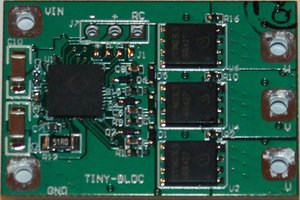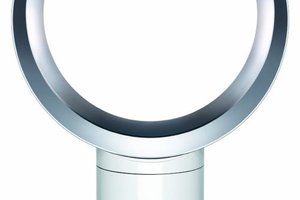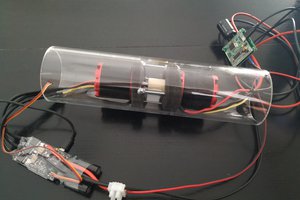The used electricity meter is essentially an induction motor, it needs alternating voltage.
The motor consists of a voltage coil, a current coil, a spinning disk and brake magnets.
In a Nutshell, an alternating current in the voltage coil induces an electric field in the non-magnetic, but conducting spinning disk. If a current flows through the current coil, a torque affects the spinning wheel. This torque is proportional to the product of voltage (over the voltage coil) and current (in the current coil). For a specific speed, a permanent magnet acts as an induction brake, it creates a negative torque proportional to velocity.
Usually, current and voltage are measured on the same line. The key modification for this project was to separate both coils. The voltage coil is powered by a transformed square voltage, the current coil by a 3.3V supply voltage with a 3.3 Ohm resistor in series. Additionally, the brake magnets were removed, thus the resulting damping is through friction of moving parts (spinning wheel and mechanical display) only. With this modification a spinning velocity of an equivalent energy consumption of -15 kW to 15 kW can be reached. The power consumption of the induction motor is at maximum 3.5 Watt.
Motor and lights are controlled by an ESP8266, which provides a WiFi interface. The electronics are fairly simple, a step down converter provides 3.3V for the micro controller and motor driver. As motor driver a MX1508 is used, a cheap chinese driver with two outputs. For the voltage coil a simple 50Hz transformer 230V to 2*6V is used in reverse, both 6V coils connected in parallel. A reflective object sensor reports each revolution.
It turns out, that 250Hz is ideal for the used transformer and motor. An upper bound is given by motor inertia, a lower bound by current saturation of transformer. For simplicity a square wave is used, but a PWM modulated sine wave should be possible too.


 ottoragam
ottoragam

 Mitja Breznik
Mitja Breznik